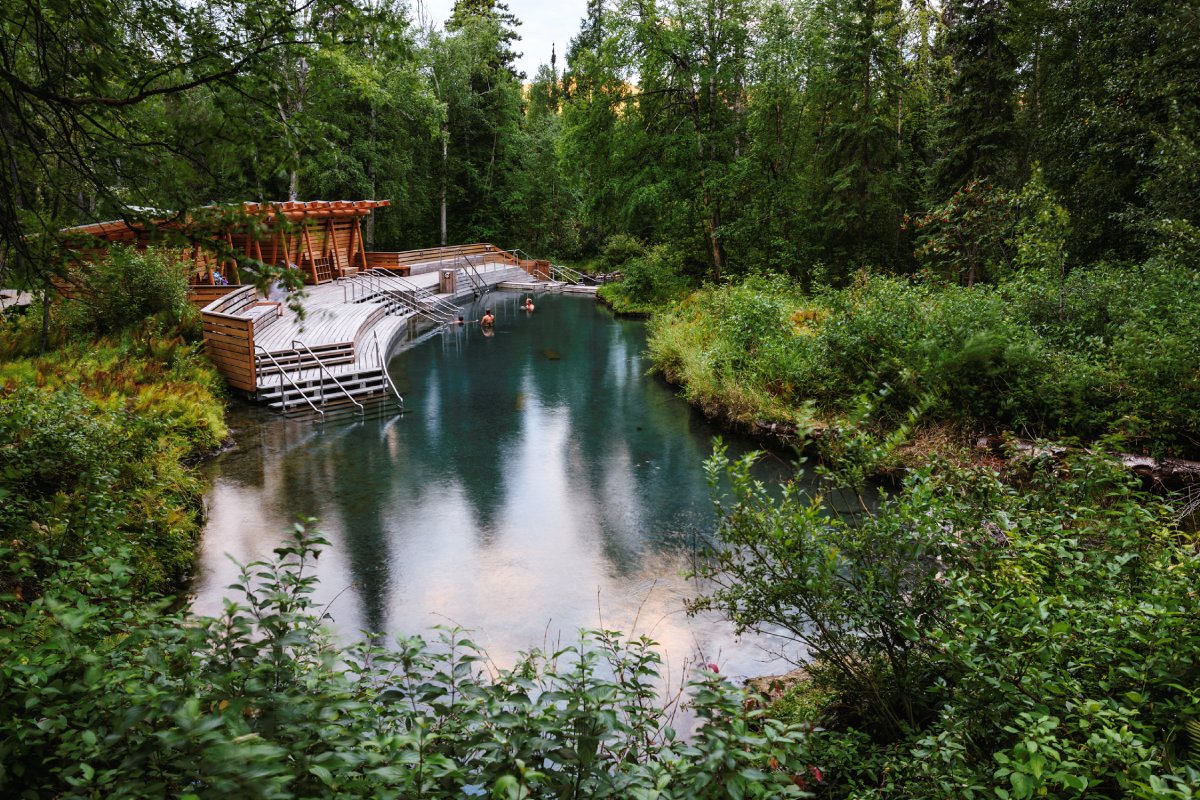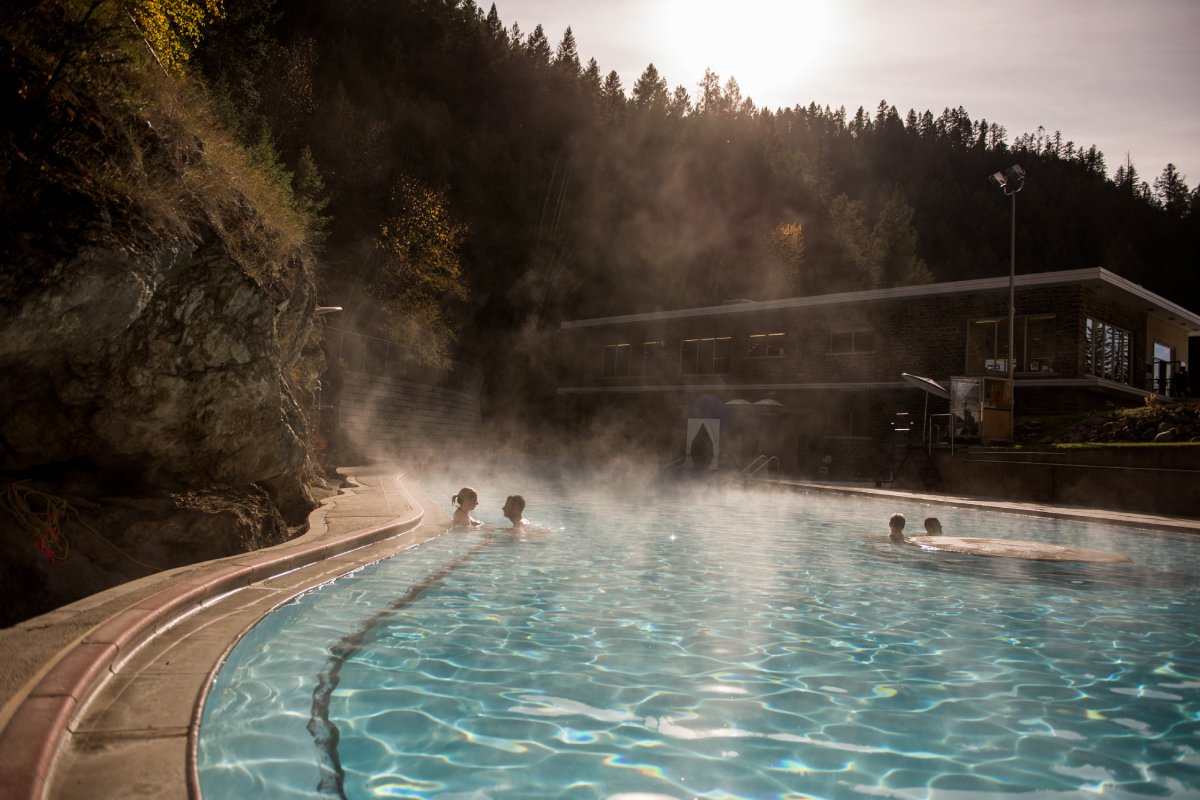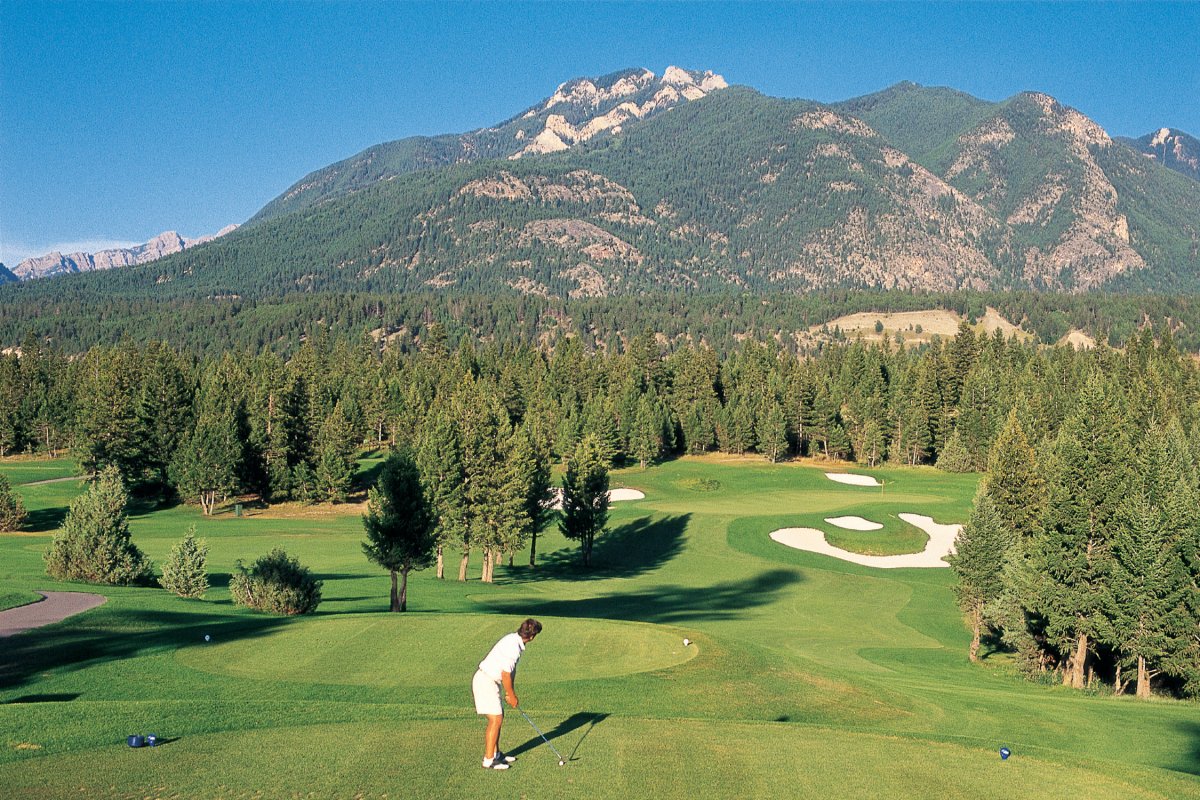In a country blessed with natural attractions, British Columbia seems to have more than its fair share and that’s especially true when it comes to hot springs.

While places like Alberta, Yukon and Saskatchewan have a handful of hot springs that people can visit, British Columbia has dozens of them dotting the landscape with a large concentration in the Kootenay Rockies region in the southeastern corner of the province.
Kathy Cooper, the CEO of Kootenay Rockies Tourism, says that hot springs have a special appeal for their visitors all year round and they attract people of all ages.
“You see everybody in the hot springs from families to couples to hardcore adventurers,” she said. “Depending on the time of year, you’ll get skiers in there in the winter, golfers or mountain bikers in the summer, families that are travelling through and, of course, international visitors so they have a wide appeal.”
Part of the attraction is that hot springs can be enjoyed by anyone.
“It’s not like an activity like skiing, golfing or mountain biking where you need a special skillset that only belongs to a specific set of visitors,” she said. “You don’t need any talent to go into a hot springs. You just go in and enjoy it!”
Hot springs are caused by geothermally-heated groundwater that emerges from the Earth’s crust. The geology of British Columbia’s mountain ranges is the reason it is blessed with so many hot springs.
“The hot springs in British Columbia range from quite civilized where formal pools have been built and there’s a sense of infrastructure, to really remote places like Hotspring Island on Haida Gwaii, Hot Springs Cove on Vancouver Island, and Liard River Hot Spring in northern British Columbia almost on the Yukon border. These springs are in remote locations and exist in their natural state with few services,” said Janice Fraser, managing editor at Destination BC.
“The Kootenay Rockies are where many of the improved hot springs are. For example, Halcyon Hot Springs has built a series of pools which fill with naturally hot mineral water, at different temperatures,” she said. “They also have an on-site restaurant, spa and accommodation.”
To encourage visitors to sample the different hot springs in the Kootenay Rockies region, a Hot Springs Circle Route has been created to guide people.
The 800-kilometre route starts in Cranbook where visitors can drive north along Highway 93/95 to sample three hot springs: Lussier, Fairmont and Radium Hot Springs. Radium is among the first in the region to have been developed for visitors and is operated by Parks Canada in Kootenay National Park. Lussier is a rustic, undeveloped hot spring just inside Whiteswan Lake Provincial Park while Fairmont is Canada’s largest commercial hot spring. They are close to each other, but each offers a different experience.
“While you’re in the pools you have great vistas that you can really enjoy,” said Cooper. “You’re not just looking at flat land. You’re looking out over a lake or a mountain range or a canyon. There are lots of different settings. It’s completely different from just sitting in a hot tub at a condo.”
The Hot Springs Circle Route continues to Golden then connects to TransCanada Highway 1 through the mountainous grandeur of Glacier National Park to Canyon Hot Springs Resort which is open only in the summer, but offers cabin and campground accommodations.
From there, the route passes through Revelstoke to the four mineral-rich hot pools of Halcyon Hot Springs Resort on the shores of scenic Upper Arrow Lakes. Nearby, along some rough roads, are the backcountry hot pools of Halfway River Hot Springs.
The Hot Springs Circle Route passes through some lovely communities and amazing scenery so chances are you’d want to enjoy the many other activities and attractions along the way.
“Hot springs might not be the only thing you want to do all day,” said Cooper. “You could take five to seven days to do the entire route to see them all or you could just do a few of them. Do the ones on the east side of the region or do the ones on the west side of the region. It depends on how much time you have.”
She suggests combining a hot springs tour with a skiing or golfing holiday or simply come to enjoy the natural surroundings. “It can be the entire focus of one’s reason to come or it can be an addition to an outdoor activity,” she said.
The last spots along the route include the picturesque Nakusp Hot Springs and Ainsworth Hot Springs Resort with its unique underground cave pool before finishing up in the delightful town of Nelson.
“Hot springs and natural spring waters have been popular destinations for travellers for centuries. But beyond just the purported health benefits of the waters,” said Fraser, “most of these are also located in clearly beautiful natural settings so the relaxation that you get from being in a hot pool amongst mountains or beside the ocean with beautiful vistas is a really lovely experience.”








